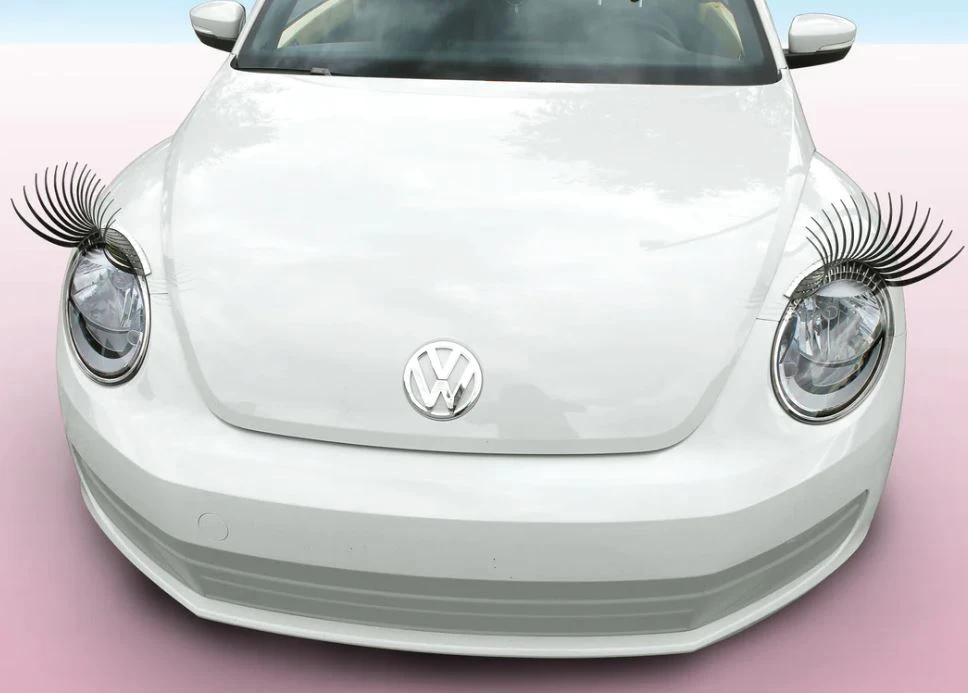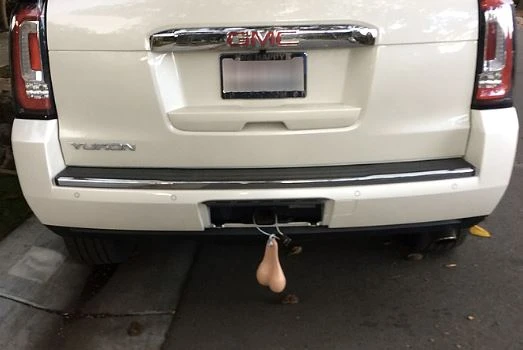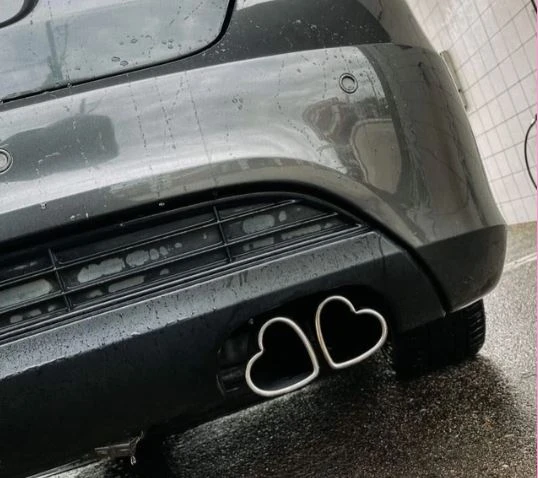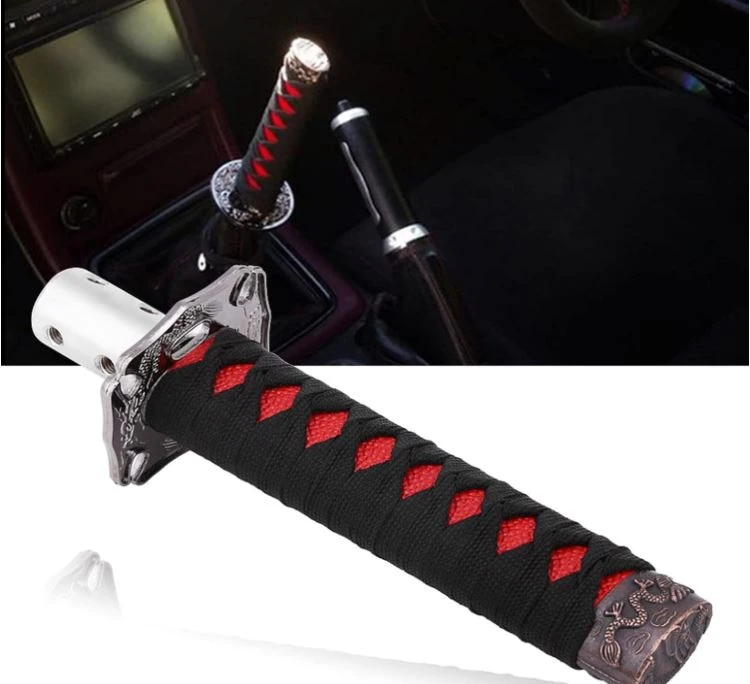Home
Fahrvergnügen

Given that the car was more or less invented in Germany, and given that German is a language in which you can create compound words with subtle and complex meanings, it’s not surprising that there’s a German word that all true drivers can relate to, even if we’ve never come across the word before or if we don’t speak German. This word is “fahrvernügen”, which means something like “the pleasure of driving” or “the joy of travelling”.
OK, to be fair, the word isn’t a traditional one, and it was probably coined in the 1990s as part of a Volkswagen ad campaign that ran in the US. However, that was around 30 years ago (feeling old now?) and just because a word was made up for advertising purposes doesn’t mean that it’s not legitimately part of the vocabulary, especially when it’s a useful term that describes an everyday activity or need. By way of comparison, fahrvergnügen is older than the English verb “to google” and nobody will challenge the idea that “google” is a legitimate verb. As far as I can work out, fahrvergnügen is an official German word.
And no wonder it’s become official, no matter how it entered the language. I’m kind of surprised that it wasn’t around before the 1990s, as it’s certainly a thing that most of us can relate to, no matter what language we speak. For some people, it’s the thrill of pushing down the throttle and feeling the acceleration and the blur of speed. For some, it’s the sideways G-forces as you put something with exquisite handling around a particularly curvy piece of road. For others, it’s the feeling of being in control. For others, it’s the combination of the car’s sound and personality. And for others, it’s just the satisfaction and pleasure of getting out of one’s usual surroundings and going somewhere else.
German has a few other words with no English equivalent that have their uses in the world of cars, driving and automotive topics that most drivers can relate to. Here’s a selection:
- Fernweh – a longing for far-off places
- Kabelsalat (literally “cable salad”) or a mess of cables, which is what you’ll be greeted with when trying to check the fuses or to install a new speaker in any modern car.
- Schilderwald (literally: “shield forest”): a street so full of signs that it’s more likely to make you lost and confused than otherwise.
- Schlimmbesserung: A tweak or update that was supposed to improve things but actually makes things worse. The related verb is “Verschlimmbessern”. I think we can all think of examples, but I’m not stupid enough to name them, even for the sake of schadenfreude (the pleasure of seeing other’s misfortune).
- Autobahn: I think we don’t have this one because we don’t have autobahns; we just have motorways that have set speed limits.
Just for the fun of it, other languages also have some words with no English equivalent that most drivers can relate to, like the following:
- Akihi (Hawaiian): to get instructions or directions, then forget them completely when you try to apply them.
- Gilchi (Korean): Someone who has a terrible sense of direction and gets lost all too easily.
- Resfeber (Swedish): that feeling of nerves, excitement and anticipation before a journey begins.
And what about that other German phrase we see frequently in the automotive world, namely Audi’s slogan of “Vorsprung durch Technik”? Well, this means something like “advancement/progress through technology” or “the technical edge” or “technological advantage”. In fact, Audi tried to get this phrase trademarked, but this led to a long and complicated court case – which is a good story for another time, to quote the Star Wars sequels.
Anyway, even if you never came across the original fahrvergnügen ad campaign, I’m sure that you’ve experienced the concept all the same. Tell us in the comments what makes up fahrvergnügen for you.
Don’t Blame EVs For This Fire

I’m not sure if you caught this one on the news recently but recently, Luton Airport in London was shut down because of a major fire that ripped through a full car park, writing off over 1000 cars. It wasn’t long until someone posted videos of this on YouTube and other social media, with at least one video – which went viral – either suspecting or outright blaming EVs for the fire and even claiming that this would kill the EV market.
Well, we all know that the social media is not the most reliable source of new, unless its news about your family members and friends that they post directly (and even then, it can be dodgy!). According to the officials investigating the fire, it looks as though a diesel car was to blame. All vehicles get pretty dramatic when fire is involved, either thanks to being full of a highly combustible substance (petrol or diesel) or prone to thermal runaway in the case of a short-circuit (in the case of EVs) or both (hybrid vehicles), so once the fire got started, every new car involved in the blaze made the problem worse. On top of that, the building didn’t have a proper sprinkler system. What were they thinking?
Were EVs involved in the Luton Airport car park fire? Well, given that London usually has a congestion charge but exempts EVs from this, I think it’s safe to say that a few EVs would have been caught up in the inferno. However, it looks as though they weren’t the cause. The claims probably arose because there have been warnings put out by several fire departments and authorities that lithium batteries are one of the most rapidly growing causes of fires. However, it’s not EVs that tend to get the firefighters called in. Instead, the more culprits are e-bikes and e-scooters that have been plugged into the charger for too long, resulting in the battery overheating and triggering thermal runaway.
EV fires are not particularly common because the designers know about the problem and have done their darnedest to prevent them happening. They are still working to ensure that the battery pack can’t be damaged easily, as anything that crushes or punctures the battery pack can trigger a reaction. The problem is that lithium battery fires burn differently from petrol or diesel fires (and a lot hotter), and the technique of putting them out quickly is different, and it’s something that firefighters may not have been trained in, although that’s changing as EV uptake increases – to say nothing of those annoying e-bike and e-scooter fires. This is partly because starving the reaction of oxygen (which works for combustible things) doesn’t work in the case of thermal runaway. The difference between the way ICEs burn and the way EVs burn is reminiscent of some of the advice given by Marmie in Little Women:
He has a temper, not like ours—one flash and then all over—but the white, still anger that is seldom stirred, but once kindled, is hard to quench.
It’s not the case that EVs are more prone to catching fire because of the batteries. Petrol and diesel cars can also burn nastily, though probably not the way you see them do in the movies, where even one bullet turns a car into a fireball. It’s just that EVs are different, and what causes them to catch fire can be unexpected, so people don’t know to avoid the risk.
So what can you do to minimize your risk of a fire in your new EV? Here are some tips I’ve come across:
- Watch out for sharp objects on the road. Physical damage to the battery can trigger thermal runaway – in fact, this is probably one of the most notorious causes of EV fires. Potholes can be quite nasty, so if you end up driving an EV through one of these, get it checked pronto. The same applies to loose stones. This is probably also the reason why EVs aren’t as popular in circles and places where serious bush-bashing happens and dirt roads are common, as the potential for damage is much higher.
- Keep the car at the right temperature. An EV is like Goldilocks – it doesn’t like to sit somewhere too cold (in which case, the battery will sulk) and it doesn’t like being too hot either. In a well-ventilated garage is probably the best, with air conditioning if you live in a particularly hot part of the country, or at least in the shade in summer.
- Avoid charging the battery to 100%. Stop short of the maximum. Overcharging is usually the root cause of fires in smaller lithium batteries (phones, e-bikes, laptops, etc.). It’s recommended to keep the battery level between 20% and 80%. This may mean that you have to be more vigilant when charging your vehicle and keep an eye on progress, either via an app or in person.
Cheesy Car Accessories
I don’t know what it is about cars, but we tend to have much more of a personal relationship with them than we do with any other machine or gadget we own. For example, very few people give their lawnmowers nicknames (although I have met someone who named their heavy-duty rotovator Brutus). You don’t see many people putting bumper stickers on weed-whackers or polishing chainsaws. Motorbikes and boats get similar treatment, so my pet theory is that deep down, we think of cars and other forms of transport as a sort of mechanical horse or a type of animal, and we treat it accordingly (this also explains why the rotovator got named Brutus: it was big enough to fit into the mental category of “beast of burden”).
Anyway, because we have such a personal transport with our wheels, we like to personalize them a bit. And sometimes, some of the ways that we do it can be a bit on the cheesy side. I’m not talking about bumper stickers – although they can get pretty cheesy as well – or about bodykit. Some accessories get very cheesy indeed. Here’s a handful of some of the best (in terms of cheesiness, that is!).
#1. Eyelashes
Yes, we all know that certain small cars have cute little round headlights that look like eyes. The company Car Lashes has given you the chance to put eyelashes on them, making your cute little car look even cuter. You get the choice of black, pink and iridescent, and they fit on all models. The website (https://carlashes.com/) has some other examples of automotive bling, mostly of the very girly type.

#2. Truck Nuts
If eyelashes are girly, these definitely aren’t. Truck nuts or “truck nutz” are fake testicles hung from the rear of a car. They’re definitely controversial, with some parts of the USA banning them altogether as obscene. Personally, I think they look a bit eerie, especially the really lifelike ones, as they look like the result of a really, really nasty accident. The original maker was Bulls Balls, and they have a range in less lifelike colours (have a look at https://bullsballs.com/ if you must).

#3. Dinky Exhaust Tips
Most modern cars tend to hide the tailpipes away; in the case of EVs, of course, tailpipes are non-existent. Some customized exhaust pipes are there to alter the sound, but others are added on just for the looks. A quick browse revealed iridescent ones, heart-shaped tips and Hello Kitty exhaust tips (the image below is from https://kawaiigarage.co/).

#4. Tyre Valve Caps
These aren’t as in-your-face as other cheese accessories, but they are still very cheesy. If you want to liven up the task of rotating the tyres or checking the pressure, then this can be done with valve caps. These come from simple coloured ones (which are more tasteful than cheesy) through to glow in the dark skulls, pretty pink blossoms, dice, crowns, rhinestones, beer cans, bullets…

(this one’s from Amazon )
#5 Vroominators
If you’ve never come across the word “vroominator” before (I hadn’t), this is a gadget that you can plug into the 12-volt outlet of your car so that it sounds like you are driving a nice throaty V8. It takes cues from the alternator, so it makes the right sort of rumble or roar at the right time (and it doesn’t work on EVs). It can only be heard on the inside of the vehicle.
#6 Shift Knobs (And Covers).
Not all shift knobs are cheesy. Some are quite tasteful. Others… aren’t. Along the same line, covers for shift knobs stop crumbs and other gunk getting down into the mechanism of the gear changes. Again, these can be tasteful or very tacky. I’ve spared you the rude ones but they exist…

Knob from https://www.hotrodshiftknob.com/

Katana cover from Amazon
Autonomous Cars With Eyes?

I’ll make no secret of the fact that I’m not a fan of autonomous cars. For one thing, a lot of people like the feeling of being in charge of where they’re going. For another, well, we’ve all had those moments when other electronic bits and pieces flop and crash, and generally don’t do what they’re supposed to do. An autocorrect fail is not usually life-threatening, and an app that refuses to open won’t kill you. However, we can all imagine what could go wrong with a car that (supposedly) thinks for itself. However, computers don’t get drunk or distracted, so the idea is that autonomous cars will make things safer overall on the roads.
However, among several things that autonomous cars have problems with, shared zones are one of them. Shared zones are those parts of the road where pedestrians and cars can share the same space. They’re usually found in commercial areas of town with lots of shops and eateries. You’ve probably used one of these at some point – I know I have. The thing with these spaces is that the issue of who gives way to whom is often sorted out through a complex series of gestures and eye contact between drivers and passengers. For example, if I’m the driver going through one of these shared zones, I can see a person on the side of the road who looks like they want to cross my path, make eye contact with him or her, then tell him or her to go first with a wave of my hand or a jerk of my head – and the pedestrian may do the same, or accept the offer to go first with a nod, a smile, a thumbs-up… or just stepping out.
The problem is that autonomous cars just aren’t equipped for this. Part of the problem is that they can’t cope with body language and all the subtle nuances that humans can do without thinking. We’re good at this sort of thing. However, another part of the problem, according to some Japanese researchers, is that pedestrians don’t know if the car is “looking” in their direction or is about to move in a certain direction. Indicators and brake lights help, but they can only convey big-picture information: left, right and stop. With cars driven by humans, the drivers do subtle things that suggest they’re about to do something, which another human can pick up on, such as inching forwards, adjusting positioning on the road prior to making a move. However, autonomous cars just do it, like the Nike ad.
What if cars could somehow make eye contact with pedestrians and telegraph what they’re about to do and/or let pedestrians know that the car has “seen” the pedestrian? Well, it’s being tried by some Korean researchers, who have decided that the solution is to give autonomous cars big googly eyes. It’s called the Gazing Car concept. The idea is that the big eyes will “look” at the part of the road that the sensors are focused on. This means that pedestrians will know if the car has registered their presence or if the car is about to move in that particular direction.
You can see the promo video for the Gazing Car here.
If you watched the video and saw the graph showing the reduction in unsafe crossings, please remember that the trial involved nine guys who crossed the road a combined total of 60 times, so it’s not conclusive and more research will need to be done.
Is this technology likely to be taken up? Given the track record of other whimsical pedestrian safety features (e.g., Tesla’s proposal to have bleating goat noises or farts as the low-speed audio warning sound on its EVs), I’d say it may not catch on. But what do you all think? Are these lights useful, creepy, cute or just plain silly? And am I the only one who thinks that a car with these lights ought to talk as well?